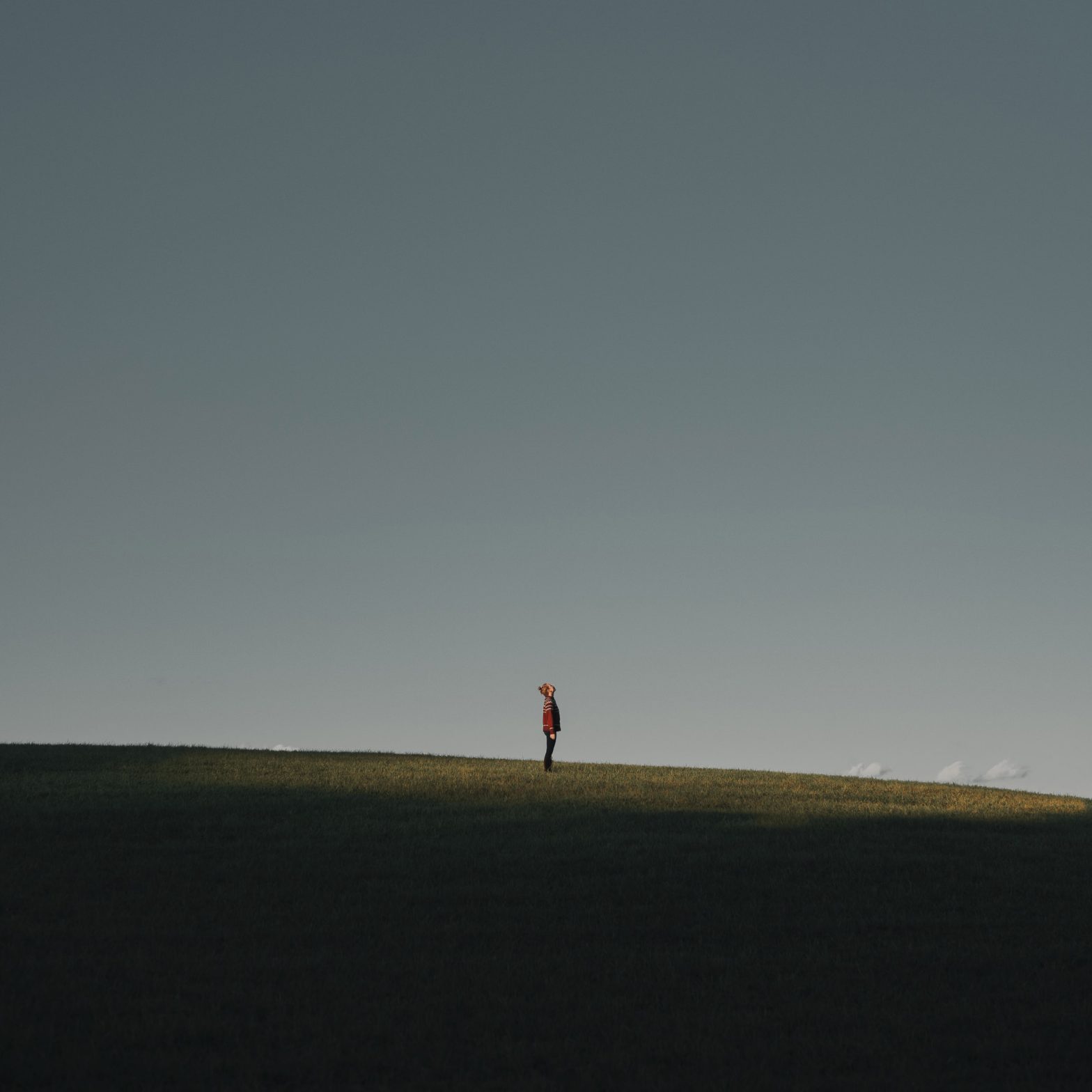In times of crisis, the process of innovation changes but its aim does not: it redoubles its focus on the human experience.
2020, much anticipated for its numerical artistry, surprised us all: global pandemic, mandatory quarantines, separation from loved ones, economic insecurity, a movement for racial equity with Black Lives Matter, and an election to remember for the ages. But in a way, it very much lived up to its name – 20/20 – for the focus it brought to our lives, and (after the initial shock wore off) to our work as well. We will never forget this remarkable year.
Many of the shifts we are now experiencing were already underway, and 2020 has been a true litmus test of our society’s resilience: everyone was challenged. For us at fuseproject, it catalyzed much of what we had been working on over the last few years.
- The impact of climate change became undeniable as the shutdowns gave us a sudden (and temporary) absence of pollution that could be felt all around and seen with the naked eye. The devastating California fires and endless haze gave a dystopian vision even Hollywood couldn’t match: Blade Runner 2049’s orange skies had nothing on 2020’s acrid tangerine dark days caused by 7,000 fires burning all at once.
- The urgency to reimagine and transform healthcare for all with telemedicine, AI, robotics and accessible service became desperately needed.
- Hands-free technology became as much about touching less things as it did about getting away from touching one thing constantly: your smartphone.
- Design as a service for the greater good has been both reactive and proactive during this time. We participated and collaborated on many internally and externally driven initiatives.
Designed resilience is a notion that I think about on every initiative and project that crossed our desks: Is this idea trivial or long lasting? Is it a nice to have, or a must have? What’s the purpose? Is there a tangible social value?
I remember that first stay-at-home week like it was yesterday. In the midst of the chaos, media’s contradictory information, and human devastation, it was hard to find one’s bearings. I also recall vividly how a few days later, energy and hope came back when we got busy on three or four initiatives that could make a difference in the rapidly changing world. That feeling of being useful – being called to rise to the occasion – became pure energy.
What we learned on projects and commissions during the pandemic is unforgettable, and I hope it will inform our work for years to come. Here are some of our future-facing project highlights from 2020.
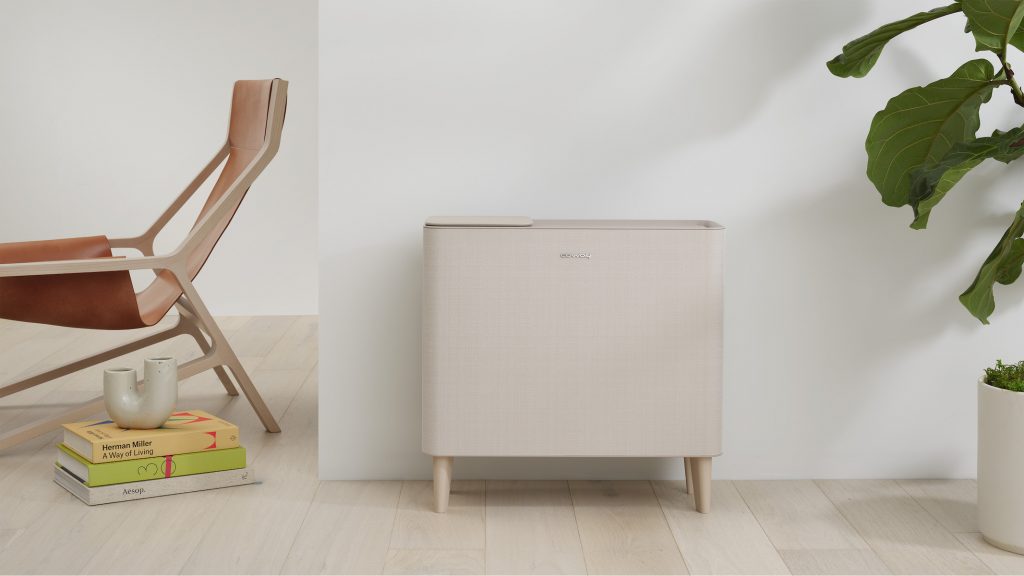
1. Clean is the new healthy.
Going forward, we’ll all be a little more leery of germs in the air we breathe and on the surfaces we touch. These have always been concerns for those who suffer with asthma, allergies and other respiratory issues, but awareness is growing within the broader health-conscious community and in areas increasingly affected by climate change, such as with the fires in California, where I live.
A good example is the Coway Icon Air Purifier. The Icon’s incredible technology filters out 99.9 percent of ultrafine dust, mites and odors. This product category is focused on seasonal use, engineering air purifiers as temporary, palliative solutions. But in a world where climate change is affecting us for years to come, I believe that these domestic products need to be designed as permanent fixtures in our homes. Our goal, therefore, was to design its casing to be less utilitarian and more integrated into our domestic spaces. We achieved this by swapping the traditional plastic for textile and wood, boxy edges for round corners, and black and white colors for neutral tones of pink and soft gray. It can easily sit along a wall, as a small table or credenza; meanwhile, the touch pad, whose LED buttons recede into the surface, doubles as a phone charger.
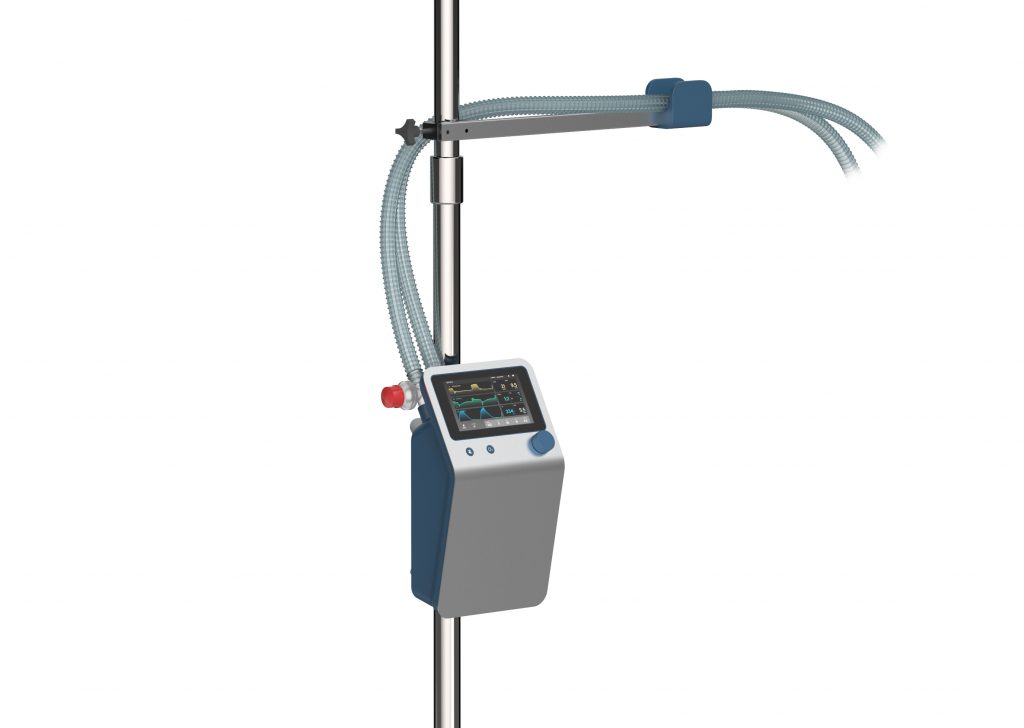
2. Control and stability – The things that help us weather the change.
No call to arms rang louder, this year, than to create critical, life-saving equipment. Early on in the pandemic, it was clear that a shortage of ventilators would spell the loss of thousands – if not millions – of lives around the world. The CoVent-19 Challenge, hosted by physicians and respiratory therapists from Massachusetts General Hospital, was an open innovation competition for rapidly deployable mechanical ventilators. fuseproject jumped at the opportunity to help.
Our strategy was to design a ventilator that could be easily assembled in under four hours, and also be pneumatically-driven to mitigate the risks associated with bag valves (also known as ambu bags). To do this, we leveraged the ubiquitous, time-trusted IV pole to enable speedy manufacturability, adjustable placement, easy transport, and simple storage. Our user experience – including rotary dials that provide clear, sensory feedback, and wavelength monitoring for pressure, flow and volume – made it simpler and safer for nurses and doctors to administer life-saving oxygen. The project is currently undergoing testing with Africa’s equivalent of the FDA and pending approval. This project was done in only one month, with engineers, designers and manufacturers all collaborating remotely.
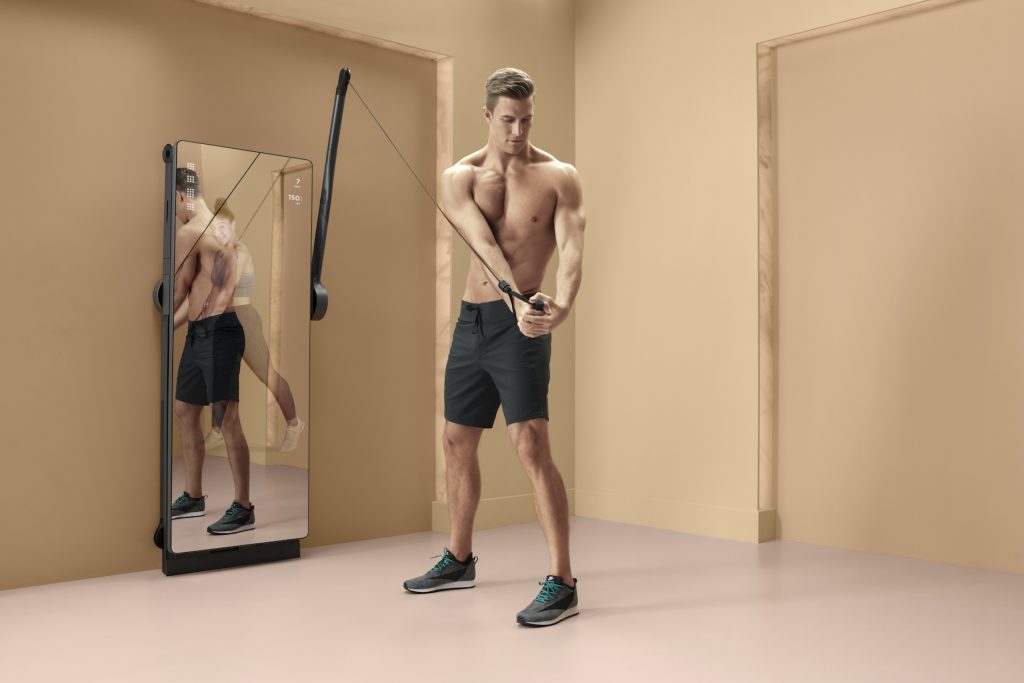
3. Home as Sanctuary
Home, by definition, should always be one’s respite. It brings relief from the stressors of the world outside, and allows us to focus on our own needs, security and wellbeing. So, what happens when our home becomes the locus of our lives, everyday, all day long?
Many of us will spend more time at home now, with people and companies adapting to a work-from-home model. I see this as a positive, as finally companies have to trust their employees’ motivation, rather than expect them to be physically present in an office. Company headquarters will be less about cramming people into small spaces between the hours of 9am and 5pm, and more about providing a hub for people to collaborate on specific projects, and build a culture and mission. This will not require daily face-to-face meetings, and would avoid some of the time and stress of the five-day commute.
One of the core aspects of our lives that may never return is the use of public gyms. Most people will fear sweating in small, windowless spaces for some time – and forget about sharing equipment! Even before COVID hit, we saw the rise in at-home yet socially-connected apparatuses like the Peloton stationary bike. As more people adjust to working out in the home, these programs will only increase in popularity, so the obvious question becomes: how to hide the equipment when it’s not in use? We launched FORME Life – an AI-powered system for tailored fitness programs. Importantly, when our all-in-one gym is turned off, FORME Life blends seamlessly into the home environment as a full-length mirror.
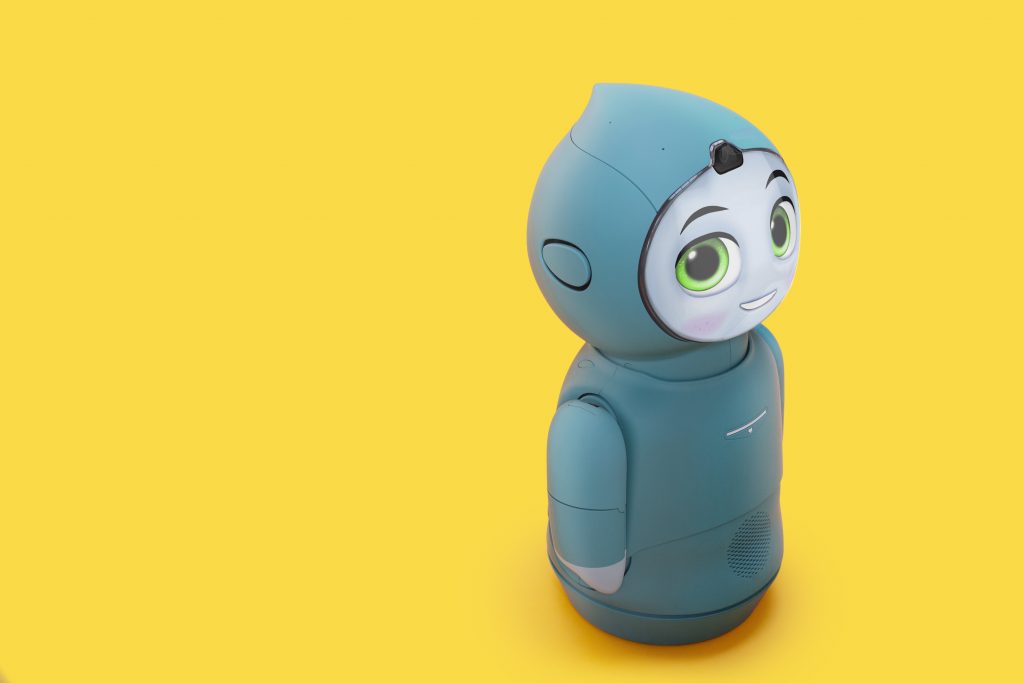
4. Community and connectedness – A heightened sense of mutual care and responsibility.
“Social distancing” has pushed us to bridge physical divides with interpersonal connections. This is really an extension of how globalization and the Internet had already changed the human experience. But if anything good comes of this year, it will be that we’re awakening to the fact that we need more – not less – emotional touchpoints. Children, especially, are feeling the effects of months of disconnection and changes to their daily structure – and still we don’t know when this will end.
This year, we launched Moxie, an AI-driven smart bot to support children during the most crucial time in their development, designed for Pasadena-based AI and robotics company, Embodied, Inc. With technology initially developed for kids with learning needs, children across the cognitive spectrum benefit from these social and pedagogical interactions, especially in isolation. From its playful tip of the head and soft but durable body, to its large green eyes and teardrop ears, my team and I designed Moxie to maintain children’s engagement, convey and illicit empathy, encourage active listening, and support problem solving. For many families during the pandemic, Moxie is playing a role by supplementing the efforts of teachers, behavioural specialists, and parents themselves.
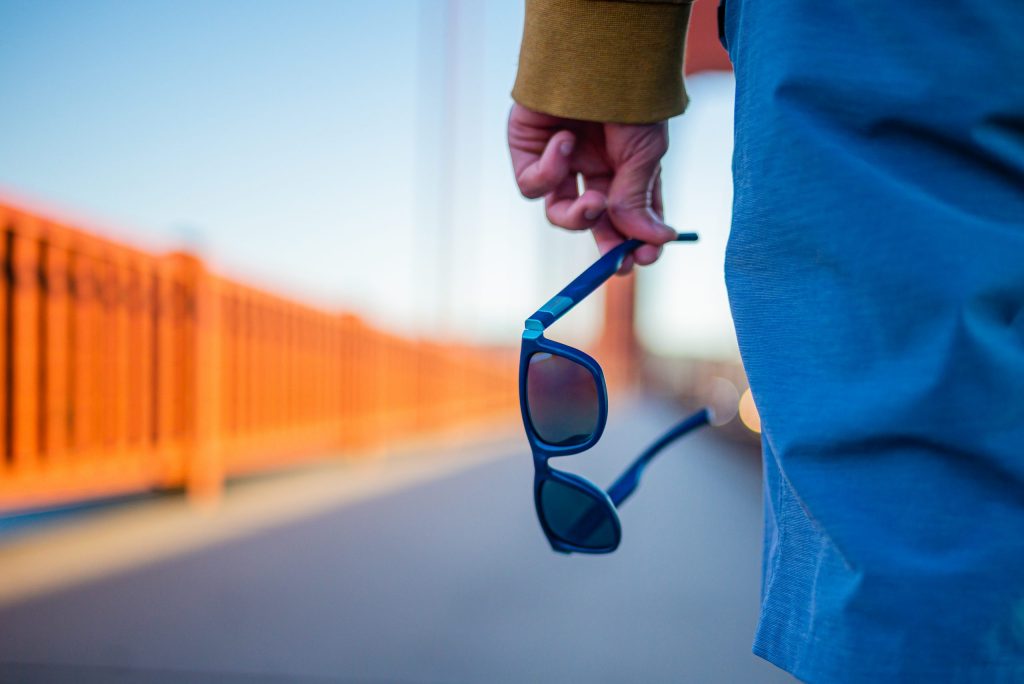
5. Transparency and honesty – Increased consumer focus on authenticity and quality.
We partnered with Boyan Slat and his Ocean Cleanup initiative to show the value of plastics culled from the ocean, and to raise money for the cause. We designed sunglasses made 100% from plastic collected by the Ocean Cleanup’s Pacific Garbage Patch, thereby creating the first-ever entirely circular product design. Each pair sold to a supporter pays for 24 football fields of cleaning. So the more sunglasses sold, the more plastic that will be collected – with the end result of a cleaner, safer ocean. It’s truly trash to treasure.
Looking Ahead
The ability to pivot into new collaborative efforts and find innovation through these partnerships is the lifeblood of design. For our design community, this year has truly reinforced the time-tested truth that fostering innovation together is key to creating breakthroughs. Looking ahead, we understand more than ever that cultivating a community of partnerships is far more beneficial than looking at everything through the lens of competition. Survival depends on our ability to think, develop, build and distribute solutions quickly, by collecting new inputs and identifying new problems that require new solutions. Designed resilience, therefore, must be built into every product and experience we make by building it into the creative process itself. Collaboration will catalyze our energy to work on meaningful solutions, ultimately determining how we negotiate and survive this crisis. And the next one, too.
